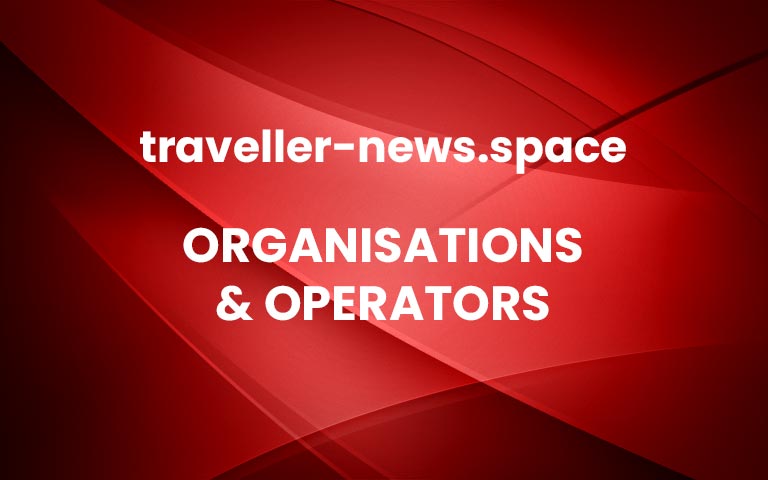Arival announces three-in-one event in Washington DC to shape the future of travel experiences
Arival, the global authority on the in-destination experiences sector, today announced a landmark three-in-one event taking place 29 September – 3 October 2025 at the Gaylord National Resort & Convention Center in Washington, DC. The program includes the invite-only Future of Experiences Executive Summit (29 Sept), the AI Forum for Destination Experiences (29–30 Sept), and […] More


